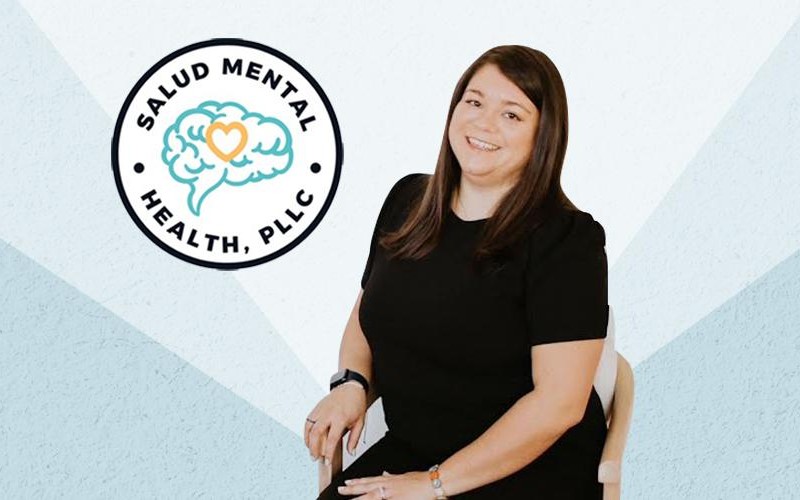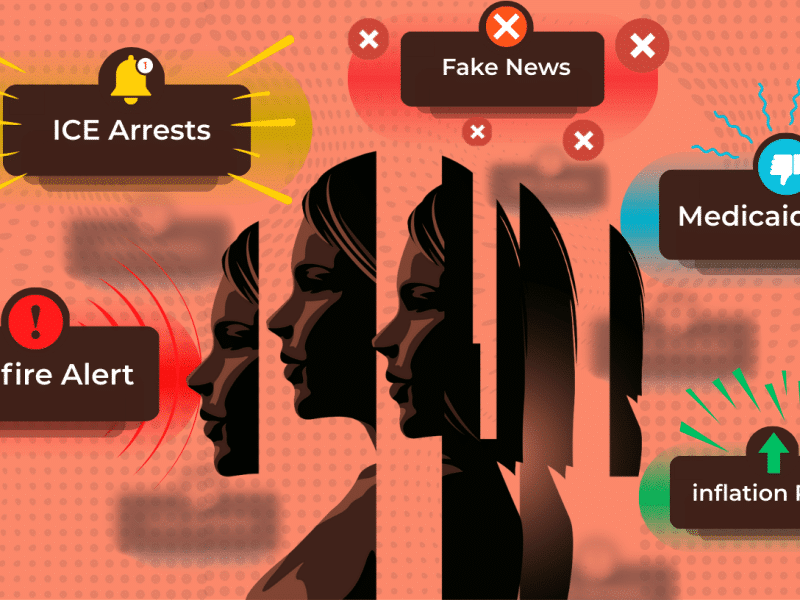Supporting a Loved One Who is Suicidal: There’s Hope
Dr. Camila Pulgar shares her journey with suicide and coping in this moving essay that’s also a useful guide on how to support our loved ones.

The Latinx community is an extremely diverse group- in race, languages spoken, and country of origin. Latinx people have many intersecting identities, like identifying as LGBTQ+, belonging to different racial/ethnic identities (e.g., Afro-Latinxs), and diversity in immigration status or religious beliefs. They have unique mental health challenges that set them apart from other populations. Mental health issues, like serious mental illness, depression, suicide, and substance use, are steadily on the rise in Latinx communities.
My name is Dr. Camila Pulgar, and I am a researcher, therapist, and consultant in Winston Salem, North Carolina. I am also a research faculty at Wake University Forest School of Medicine, and I own a mental health awareness business called Salud Mental Health, where I bring mental health awareness materials and resources to our local Latinx community.
My clinical and research expertise is suicide and suicide prevention in the Latinx community. In addition to this being a topic of research for me, though, it’s also a very personal subject for me.
I am the oldest of four, and one of my younger brothers is a suicide attempt survivor. My brother was diagnosed with Major Depressive Disorder (MDD) in 2010 and attempted to take his life in 2015. It was an event that left our entire family in shock.
My family and I immigrated from Chile to North Carolina in 2004. In Chile, salud mental wasn’t something we spoke about, ever. It was entirely new to us, to me. When we heard things like depression, we thought, “What? ¿Qué?” As the oldest daughter and only woman, I felt the family pressure and responsibility to help my family navigate this situation. However, I quickly realized that I wasn’t equipped to do so since I was young and didn’t have the knowledge I have now.
All I knew was that I was terrified of losing my brother.
As recently arrived immigrants, navigating a foreign mental health system was a messy and frustrating process. During all of those years that my family needed support in our native language, we never received it. I think a lot of my motivation to become a therapist came from this experience with my brother.
That fear I felt is a very common feeling among family members with a suicidal loved one: fear of losing them, fear of not being able to be there for them, and overall fear of what suicidal thoughts and behaviors can lead to. I lived with that fear for a very long time. Helping my brother and family find mental health care, even though I didn’t know what I know now, eventually paid off. My brother was able to find the care and guidance he needed.
You will often hear, know the signs of suicide. Although knowing the signs is key to supporting a loved one who is suicidal, it is also important to know that the signs look different in everyone. According to the American Foundation for Suicide Prevention, these are signs we must pay close attention to:
- Depression
- Substance use problems
- Bipolar disorder
- Schizophrenia
- Personality traits of aggression, mood changes and poor relationships
- Conduct disorder
- Anxiety disorders
- Serious physical health conditions including pain
- Traumatic brain injury
- Access to lethal ways of dying, including firearms and drugs
- Prolonged stress, such as harassment, bullying, relationship problems, or unemployment
- Stressful life events, like rejection, divorce, financial crisis, or other life transitions or loss
- Exposure to another person’s suicide, or to graphic or sensationalized accounts of suicide
- Previous suicide attempts
- Family history of suicide
- Childhood abuse, neglect, or trauma
As in many immigrant Latinx families, acculturation-related stress affects all areas of life. We were adjusting to a new life in a new country and we were at a loss, we didn’t know the mental health system. Acculturative stress has been linked to depression and suicide in Latinx immigrants. This combined with enviromental and biological risk factors of suicide puts Latinx individuals at a higher risk for suicide and suicidal behaviors.
Reflect on what this means for you and your family. Is there a pull to acculturate to the “American” culture? Is there conflict between family members when this happens? Do you feel pressured to avoid speaking Spanish? All of these conflicting experiences affect our mental health, putting us at higher risk for suicidal behaviors and thoughts.
With what I know now, I know there is hope. It’s ok to talk about depression, anxiety, trauma, and our fears. It is ok to not be ok, and it’s ok to ask for help. There is help out there. Although, maybe, where you live, there might be a shortage of mental health providers who speak your native language, who look like you, or who “get it.” That’s why companies like mine are working to increase access to information and resources for our communities. With time, you can also have the treatment you need and that my brother eventually found and has helped him live a fulfilling life.
If you or a loved ones struggles with suicidal thoughts, all you need to do is call the national hotline number: 988. I would also recommend looking for a therapist in your area, and you can also reach out to me via my website for guidance.
Suicide is prevalent in our community, but it doesn’t have to paralyze us. I am glad you are here, and I am happy to offer resources that help you live a fulfilling life.
Camila Angelica Pulgar, Ph.D. LMCHC is a former member of both the American Foundation for Suicide Prevention-NC Chapter (AFSPNC) and the National Latino Behavioral Health Association (NLBHA).



